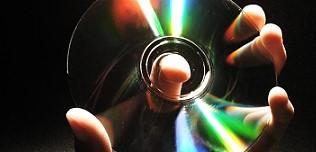
In this article, we'll show you how to prepare your mixes for mastering.
Here are a few tips on how to prepare your mixes for mastering:
1. Export your files as a .wav or .aiff, 44.1 or 48kHz and preferably 24bit.
2. About 20% of the songs I receive are over level with little or no dynamic range. Don't keep raising your faders higher and higher taking your song to total distortion, trying to match commercial radio volume levels. This process is done in mastering, not in mixing. My article, How Much Headroom For Mastering Should I Leave, explains in detail how to solve this common problem.
3. Common Music Mixing Mistakes I See Daily, tells you what problems to watch for in your mixes. 80% of the mixes I receive suffer from at least one of these common mixing mistakes.
4. Visit my Mastering Prices Page for affordable rate with AMAZING results!
